11 Eye-Catching Plants to Bring Goldfinches to Your Garden Quickly
If you have ever wanted to bring more goldfinches into your garden, planting the right flowers and shrubs can do the trick. These charming birds are drawn to certain plants that provide them with food and nesting spots. With a few carefully chosen additions, your garden can become a haven for goldfinches. By adding the right plants, you can enjoy their vibrant yellow feathers and cheerful songs all season long. Let us take a look at the plants that will help you attract goldfinches in record time.
This post may contain affiliate links, which helps keep this content free. Please read our disclosure for more info.
Sunflowers
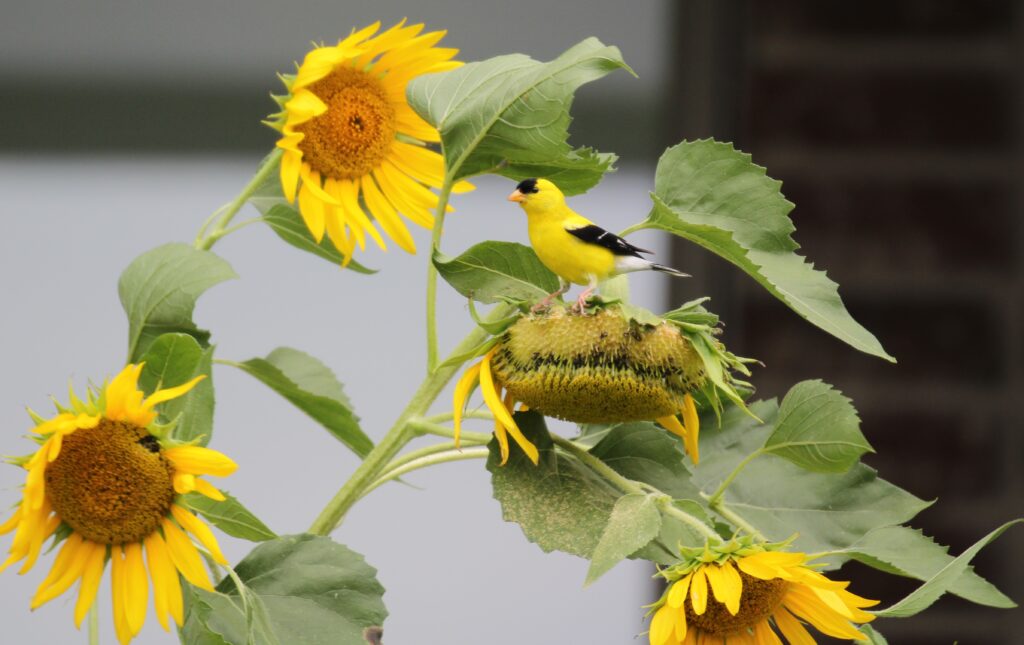
Sunflowers are one of the best plants for attracting goldfinches due to their seeds, which are a favorite food for these birds. Goldfinches love to perch on the tall stalks and enjoy the seeds as they ripen in late summer. These plants thrive in full sun and well-drained soil, making them easy to grow in most gardens. Sunflowers are available in different sizes, from dwarf varieties to tall ones that can grow over six feet tall.
The bright yellow flowers of sunflowers are not only visually appealing but also provide an abundant food source. These flowers will bloom in late summer, just when goldfinches are looking for food. By planting a few sunflowers in your garden, you will be able to attract goldfinches quickly. Their large, showy blooms and seeds make them an irresistible addition to any yard.
Thistle (Cirsium spp.)
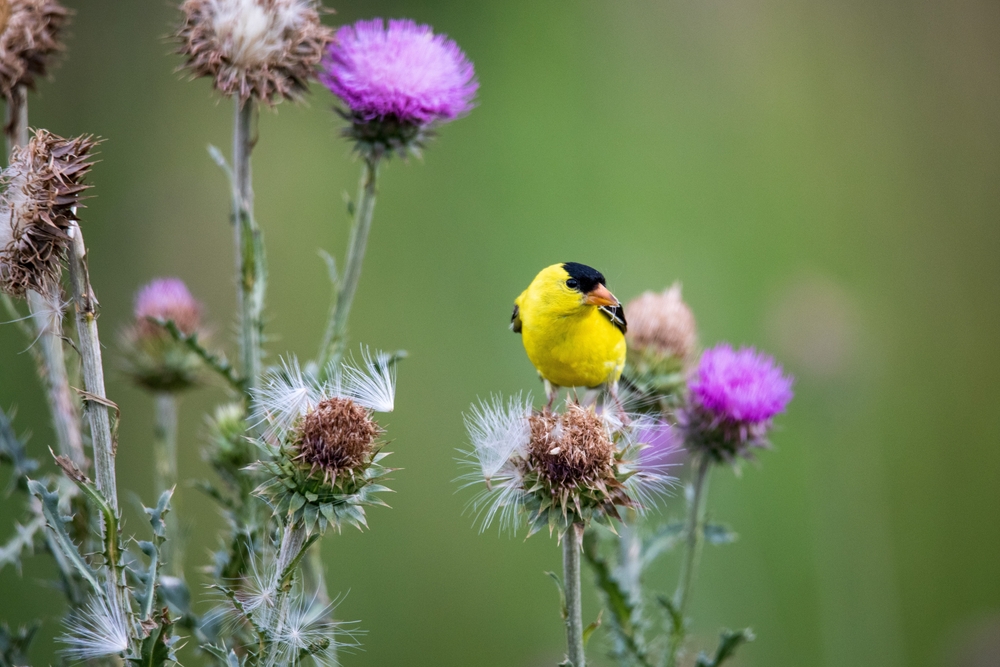
Thistle plants are another favorite of goldfinches, as they produce seeds that these birds love to eat. The seeds are particularly accessible when the flowers dry out in late summer or early fall, providing a steady food source for goldfinches. Thistles thrive in full sun and well-drained soil, and they are relatively easy to grow in most climates. Some varieties, such as the purple or white thistle, are especially attractive to goldfinches because of their seed-producing flowers.
These plants not only attract goldfinches but also provide shelter and a place for nesting. The tall, spiky flowers can be left standing in winter, offering a natural habitat for birds throughout the colder months. By including thistle in your yard, you will attract goldfinches almost immediately as they seek out these seeds. Their beautiful blooms and nutritional seeds make them a top choice for bird lovers.
Coneflowers (Echinacea spp.)

Coneflowers are hardy plants that produce large, daisy-like flowers in shades of pink, purple, and white, making them both beautiful and functional. These flowers are perfect for attracting goldfinches, as they provide seeds that birds love to eat. Coneflowers thrive in well-drained soil and full sun, making them easy to care for. These plants bloom in late summer, ensuring a steady food source for goldfinches throughout the fall.
Besides attracting goldfinches, coneflowers are known for their medicinal properties and ability to attract pollinators. Their seeds are rich in nutrients, making them a perfect addition to your garden. The attractive flowers and bird-friendly seeds make them a must-have for anyone looking to bring more goldfinches into their yard. These plants add beauty and function to any outdoor space.
Goldenrod (Solidago spp.)
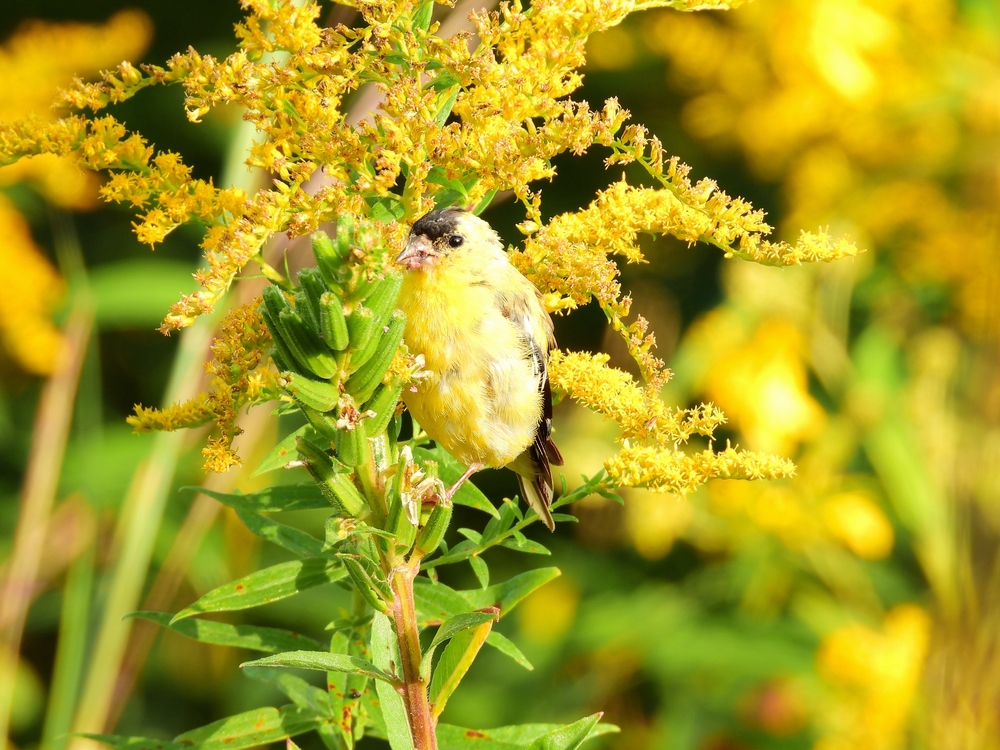
Goldenrod is another plant that attracts goldfinches due to its abundant seeds, which are ready for harvest in late summer and fall. These plants produce tall, bright yellow flowers that are a striking addition to any garden. Goldenrod grows well in full sun and well-drained soil, making it an easy addition to most gardens. As the flowers dry, they provide a valuable food source for goldfinches throughout the cooler months.
Goldenrod is not just a favorite of goldfinches but also attracts other wildlife, such as bees and butterflies. These plants are known for their hardiness and ability to thrive in various soil conditions. Goldfinches will flock to goldenrod once the seeds are ready, making it an ideal plant to attract them to your yard. Its bright yellow blooms will add a cheerful touch to your garden while feeding local wildlife.
Nasturtiums
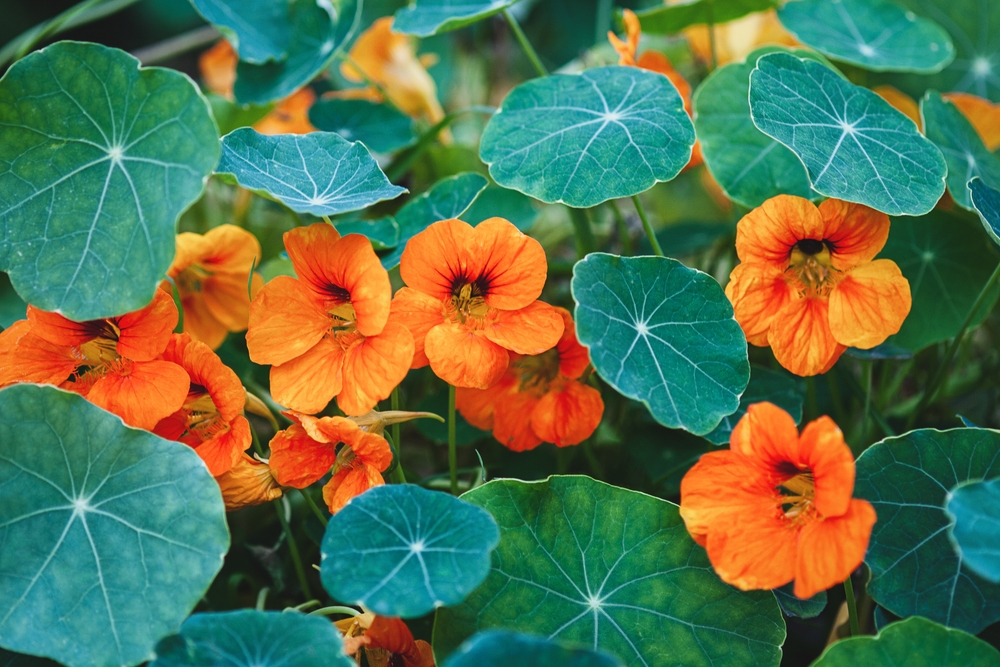
Nasturtiums are vibrant flowers that are loved by both gardeners and goldfinches. These plants produce edible seeds that goldfinches enjoy, and their bright blooms add a pop of color to your yard. Nasturtiums grow well in full sun and can thrive in poor soil, making them an easy plant to add to any garden. They are annuals, so they will bloom from early summer to fall, providing a steady food source for goldfinches.
In addition to attracting goldfinches, nasturtiums also add a touch of charm with their beautiful, vibrant flowers in shades of red, yellow, and orange. They are known to be easy to grow, even in containers or hanging baskets, making them versatile in your garden design. As goldfinches love the seeds, these plants offer a great way to bring them closer to your space. Nasturtiums are an excellent choice for attracting birds while adding vibrant color to your garden.
Black-eyed Susans (Rudbeckia hirta)
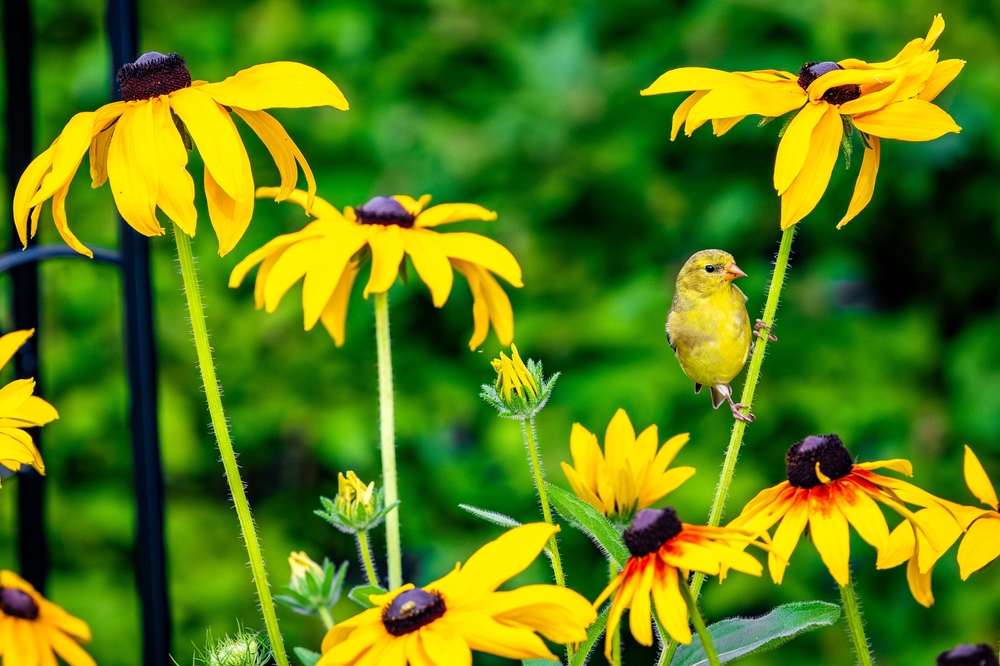
Black-eyed Susans are cheerful flowers that are particularly attractive to goldfinches due to their rich seeds. These plants produce bright yellow blooms with dark brown centers, making them a beautiful addition to any garden. Black-eyed Susans grow well in full sun and well-drained soil, and they typically bloom in mid to late summer. The seeds, once matured, become an easy food source for goldfinches in late summer and early fall.
Besides attracting goldfinches, Black-eyed Susans are known for their ability to attract pollinators like bees and butterflies. They are also resilient and low-maintenance, making them perfect for gardeners of all levels. The seeds produced by the flowers provide a reliable food source for birds, ensuring your yard is a goldfinch-friendly haven. Their bright, eye-catching flowers and easy care make them a valuable addition to any garden.
Hummingbird Sage (Salvia spathacea)
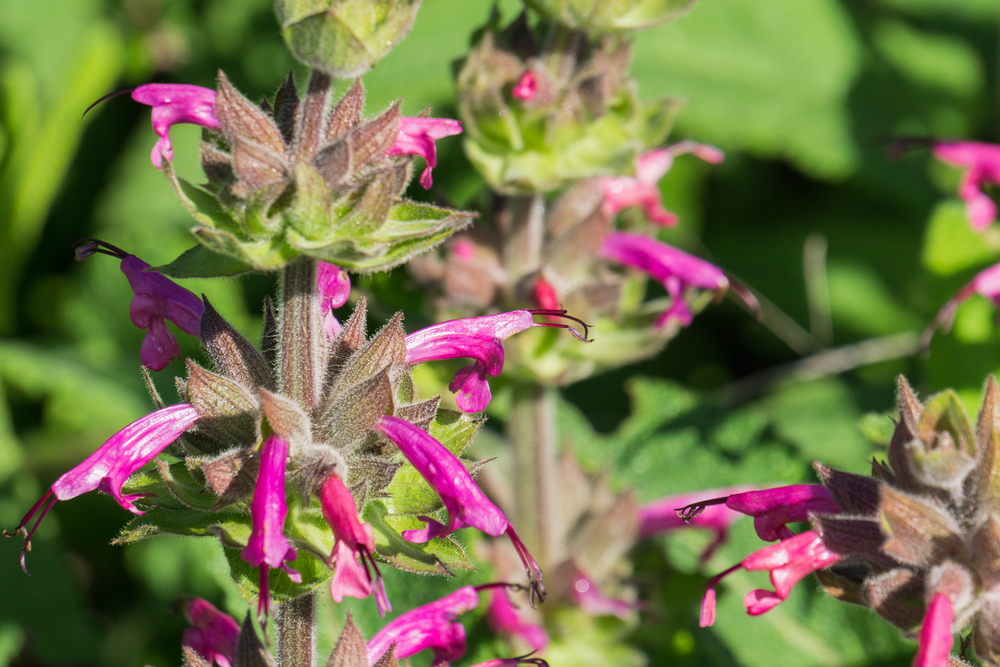
Hummingbird sage, a perennial plant native to California, is known for its beautiful purple flowers that attract not only hummingbirds but also goldfinches. These flowers bloom in late spring and early summer, offering nectar and seeds that goldfinches find irresistible. Hummingbird sage grows well in full sun and well-drained soil, making it ideal for drier regions. The seeds of the plant, which ripen in late summer, provide an important food source for goldfinches.
In addition to attracting goldfinches, hummingbird sage is a great plant for creating a habitat for other wildlife. Its vibrant purple flowers create a stunning contrast against green foliage, adding color to your garden. Hummingbird sage is also drought-tolerant, making it an excellent choice for low-water gardens. By adding this plant to your garden, you will not only attract goldfinches but also contribute to a more sustainable, wildlife-friendly environment.
Milkweed (Asclepias spp.)
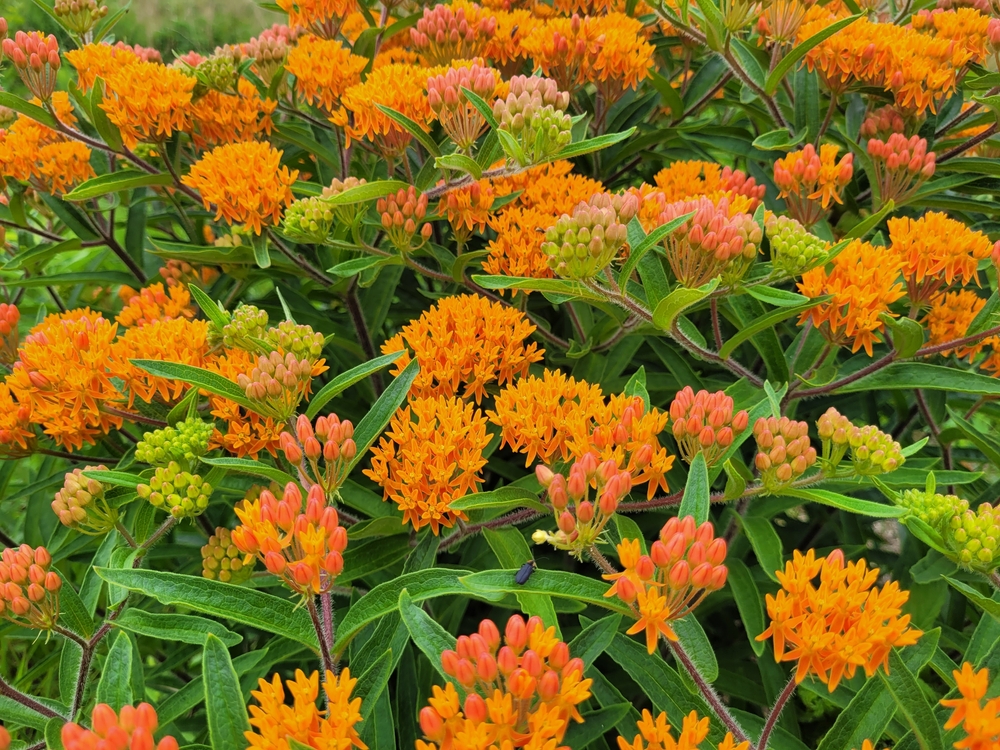
Milkweed is known for its large, fragrant flowers that attract pollinators and wildlife, including goldfinches. The seeds of milkweed, which appear in late summer and fall, are a favorite of goldfinches, who eagerly harvest them. These plants grow well in full sun and well-drained soil, and they can thrive in most garden environments. Milkweed flowers come in a variety of colors, including pink, orange, and white, adding beauty to your garden.
Aside from attracting goldfinches, milkweed plays an important role in supporting monarch butterflies, as it is their primary food source during the larval stage. The plant is easy to grow, especially in dry areas, and its seeds provide a valuable food source for goldfinches. Milkweed is a wonderful addition to any garden looking to attract wildlife, including both birds and butterflies. Its vibrant flowers and ecological importance make it a must-have plant for nature lovers.
Blackthorn (Prunus spinosa)
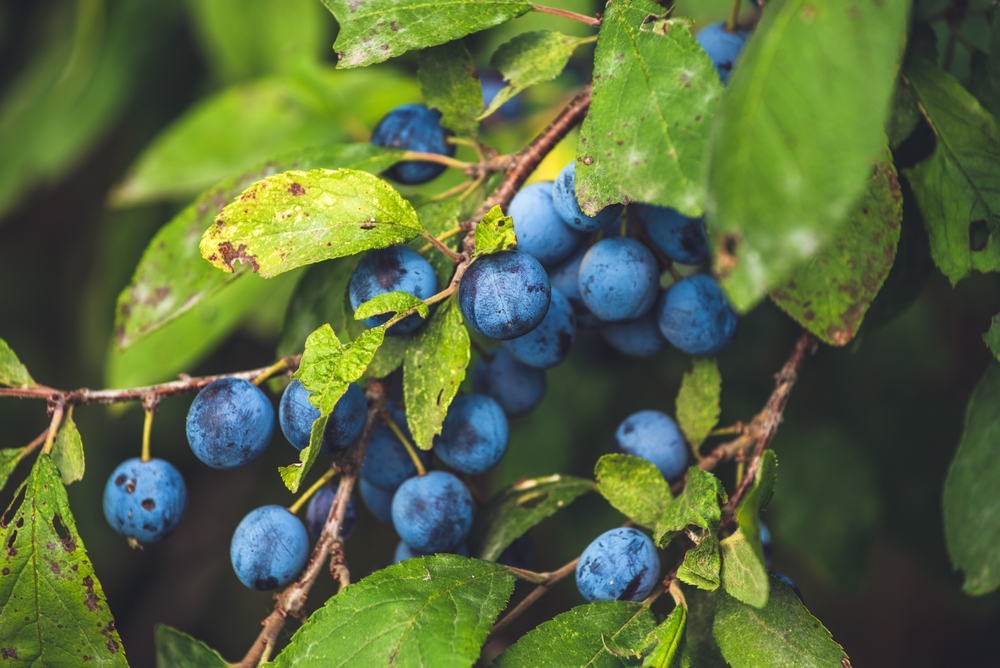
Blackthorn, also known as sloe, is a shrub that produces small, dark berries that goldfinches love. These berries are high in nutrients and attract goldfinches in late summer and fall. Blackthorn grows well in a variety of soil types and requires little maintenance, making it a great addition to any garden. The white blossoms of the blackthorn shrub, which bloom in early spring, are also attractive to pollinators.
The dense branches of the blackthorn also provide cover for birds, making it an excellent choice for creating a wildlife-friendly garden. Its hardy nature allows it to thrive in a range of climates, and its berries can be harvested for making jams and liqueurs. Goldfinches are drawn to this plant for its nutritious berries, which are available just when they need them. By adding blackthorn to your yard, you will offer both food and shelter to these beautiful birds.
Bee Balm (Monarda spp.)

Bee balm, known for its vibrant, tubular flowers in shades of red, pink, and purple, is a great addition to any garden looking to attract goldfinches. These flowers produce seeds that goldfinches enjoy, especially when the blooms dry out in late summer and fall. Bee balm thrives in full sun and moist, well-drained soil, making it a versatile plant for various garden settings. The seeds provide an easy food source for goldfinches, and the bright flowers add a touch of color and interest to your garden throughout the summer.
In addition to attracting goldfinches, bee balm also draws other pollinators like bees and butterflies, making it a great choice for a wildlife-friendly garden. Its aromatic foliage and medicinal properties further enhance its appeal, providing a multi-functional plant for your outdoor space. The vibrant blooms and seeds of bee balm will make it a favorite spot for goldfinches. By planting bee balm, you can enjoy the beauty of these birds while supporting local pollinators.
Lavender (Lavandula spp.)
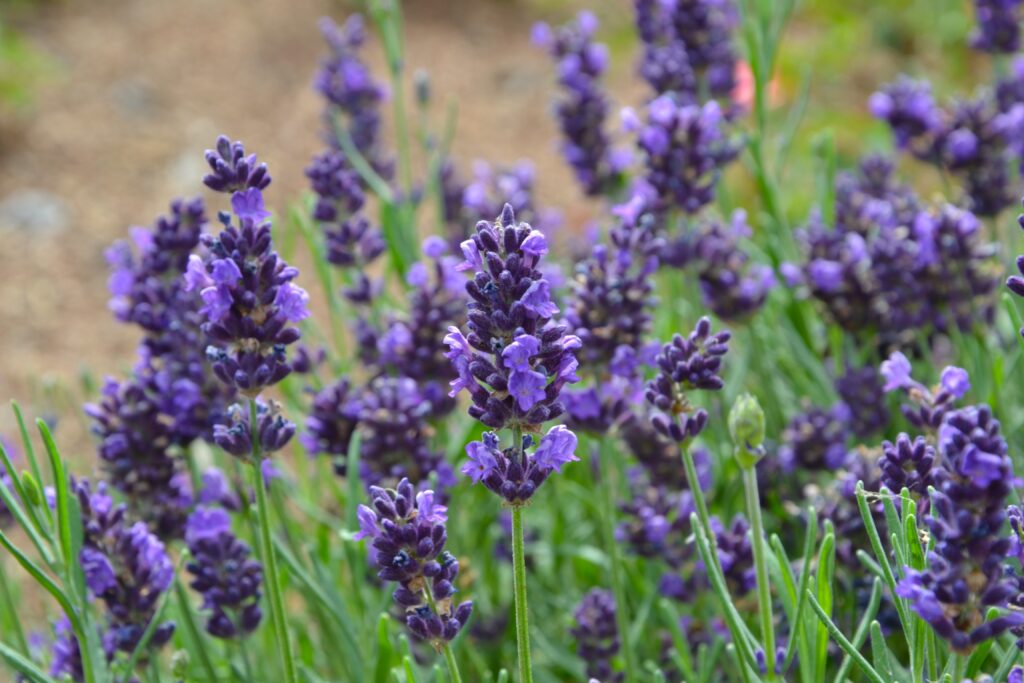
Lavender, with its fragrant purple flowers, is not only a beautiful plant but also a wonderful addition to a garden that attracts goldfinches. Goldfinches are particularly drawn to the seeds of lavender once the flowers have dried. This herb thrives in full sun and well-drained soil, making it a great plant for adding fragrance and color to your garden. Lavender’s calming scent, combined with its goldfinch-friendly seeds, makes it an ideal addition to any space.
Beyond attracting goldfinches, lavender is also a great plant for attracting pollinators like bees and butterflies, contributing to a healthy garden ecosystem. Its drought-tolerant nature and ability to thrive in poor soil conditions make it an easy-to-care-for option for gardeners of all experience levels. Goldfinches will appreciate the seeds once the flowers are spent, adding a touch of charm to your yard as they visit for a snack. By planting lavender, you can enjoy its beautiful blooms and the sweet songs of goldfinches throughout the year.
Creating a bird-friendly garden does not have to be complicated. Take the first step toward a vibrant, wildlife-friendly garden that will delight you throughout the year.
This article originally appeared on Avocadu.
